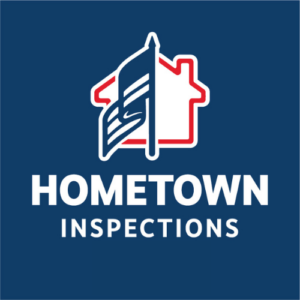Common Plumbing concerns found during Home Inspections
June 2023
Leaks
This is one of the most common plumbing issues found during inspections. Inspectors check for any visible signs of leaks under sinks, around toilets, near water heaters, and in the basement or crawl spaces. Leaks can lead to water damage, mold growth, and increased water bills.
Clogged Drains
Inspectors test the functionality of sinks, bathtubs, and showers to ensure they drain properly. Slow or clogged drains can indicate blockages in the pipes, which may require further investigation or repairs.
Faulty Fixtures
Inspectors check faucets, showerheads, and toilets for proper operation. They look for issues like dripping faucets, inconsistent water pressure, or toilets that run continuously. These problems can waste water and increase utility bills.
Water Heater Problems
Inspectors examine the water heater for signs of leaks, corrosion, or inadequate insulation. They also check if the temperature and pressure relief valve is functioning correctly. A faulty water heater can lead to inadequate hot water supply or potential safety hazards.
Sewer Line Issues
Inspectors assess the sewer line for any signs of blockages or damage. They may use a sewer camera to inspect the condition of the pipes. Problems with the sewer line can cause backups, foul odors, or potential health hazards.
Insufficient Ventilation
Proper ventilation is crucial for plumbing systems. Inspectors check for adequate venting of drains, especially in bathrooms and kitchens. Inadequate ventilation can lead to foul odors, slow drainage, or the release of harmful gases.
Inadequate Water Pressure
Low water pressure can be a concern, indicating potential issues with the water supply system, such as clogged pipes, mineral deposits, or faulty pressure regulators.
Old or Damaged Pipes
Inspectors assess the condition of plumbing pipes, including both supply and drain lines. They look for signs of aging, corrosion, or damage. Old or damaged pipes may be prone to leaks, blockages, or bursts.
Improper Plumbing Installations
Inspectors examine the overall plumbing installation to ensure compliance with local building codes and standards. They look for improper pipe connections, incorrect pipe materials, or inadequate support. Non-compliant installations may require repairs or replacements. 
Pipe Insulation
Insufficient insulation on pipes, particularly in cold climates, can lead to freezing and bursting during winter months. Inspectors may identify areas where additional insulation is required.

Basement plumbing pipes wrapped with asbestos insulation.
